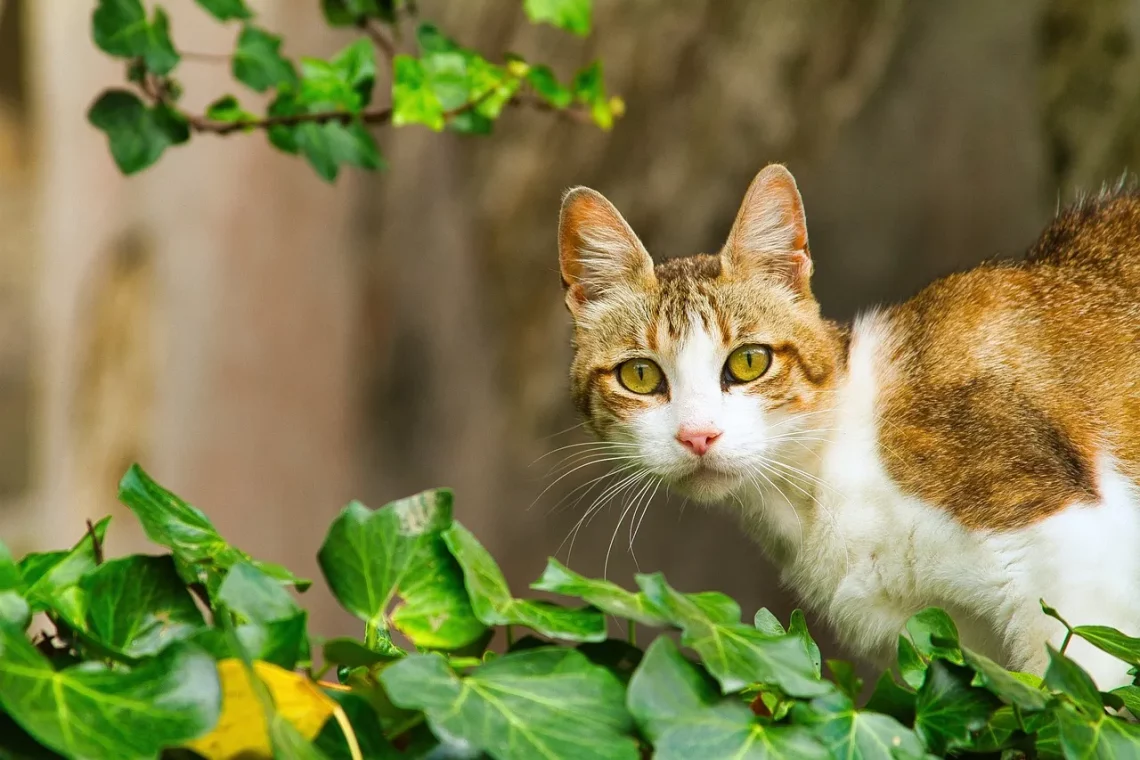
Exploring the Fascinating World of Cats 2: Behavior and Care Tips
Cats have captivated humanity for thousands of years, serving as companions, hunters, and even revered figures in various cultures. Their enigmatic nature, characterized by a blend of independence and affection, has made them one of the most popular pets worldwide. Unlike dogs, cats embody a unique blend of aloofness and playfulness, often leaving their owners guessing about their moods and desires. This complexity is part of what makes cats so fascinating; they can be both solitary and social, affectionate yet indifferent.
Understanding feline behavior is essential for any cat owner, as it allows for a deeper connection and a more harmonious living environment. The subtle nuances of a cat’s body language, vocalizations, and habits reveal a wealth of information about their needs and emotions. From their playful antics to their quiet moments of contemplation, observing a cat can be a delightful experience. However, it is crucial for owners to recognize the responsibilities that come with cat ownership, including proper care, nutrition, and mental stimulation.
In this exploration of the fascinating world of cats, we will delve into various aspects of their behavior and provide practical tips for ensuring their well-being. This knowledge not only enhances the human-animal bond but also contributes to a happier, healthier life for our feline friends.
Understanding Cat Behavior
Cats are complex creatures, exhibiting a wide range of behaviors that can sometimes be baffling to their owners. To fully grasp their behavior, it is essential to consider their evolutionary background. Cats are instinctively solitary hunters, and this trait influences how they interact with their environment and humans. Unlike pack animals, such as dogs, cats do not rely on a social hierarchy. Instead, they are more likely to approach social interactions on their own terms.
One of the most intriguing aspects of cat behavior is their body language. For instance, a cat’s tail position can convey a wealth of information. A high, quivering tail often indicates excitement or happiness, while a low tail may signal fear or submission. Similarly, when a cat kneads with its paws, it is often a sign of contentment, harking back to kittenhood when they kneaded their mother’s belly to stimulate milk flow.
Vocalizations also play a significant role in feline communication. Cats use a variety of sounds, from purring to meowing, to express their needs and emotions. A soft purr generally signifies comfort, while a loud yowl may indicate distress or a demand for attention. Understanding these vocal cues can help owners respond appropriately to their cat’s needs.
Moreover, cats exhibit a range of playful and predatory behaviors that are essential for their mental stimulation. Engaging in play mimics hunting, which allows cats to exercise their instincts, keep their minds sharp, and expend energy. Interactive toys, laser pointers, and feather wands can all provide valuable outlets for this playful nature, helping to prevent boredom and associated behavioral issues.
Recognizing and interpreting these behaviors is crucial for fostering a positive relationship between cats and their owners. By being attuned to a cat’s body language and vocalizations, owners can create a nurturing environment that respects their feline companion’s individuality and promotes their overall well-being.
Creating a Stimulating Environment
A stimulating environment is vital for a cat’s physical and mental health. Unlike dogs, cats do not require as much physical exercise; however, they thrive on mental challenges and opportunities for exploration. Therefore, it is important to create an engaging living space that caters to their natural instincts.
One effective way to achieve this is by incorporating vertical spaces into your home. Cats are natural climbers, and providing cat trees, shelves, or window perches allows them to explore their territory from a height. This not only satisfies their curiosity but also gives them a sense of security, as they can observe their surroundings from a vantage point.
Additionally, enriching a cat’s environment with various toys can stimulate their hunting instincts. Toys that mimic prey, such as feather toys or small balls, can encourage active play. Puzzle feeders are another excellent option, as they challenge cats mentally and physically by requiring them to work for their food. This not only helps to keep them occupied but also prevents obesity, a common concern in house cats.
Moreover, incorporating scratching posts is essential. Cats have a natural urge to scratch, which helps them maintain their claws and mark their territory. Providing a designated scratching area can prevent damage to furniture and walls while allowing cats to express their natural behavior.
Social interaction also plays a crucial role in a cat’s well-being. While many cats enjoy their independence, they also benefit from quality time spent with their owners. Engaging in play, training sessions, or simply lounging together can strengthen the bond between cat and owner.
In summary, creating a stimulating environment that caters to a cat’s instincts is essential for their happiness and health. By providing opportunities for climbing, playing, scratching, and socializing, owners can enhance their cats’ lives and promote a fulfilling, enriching experience.
Nutrition and Health Care
Proper nutrition is one of the cornerstones of a cat’s health. Unlike some pets, cats are obligate carnivores, meaning their diet must be primarily composed of meat. Choosing a high-quality cat food that meets their nutritional needs is essential for maintaining their overall health and well-being.
When selecting cat food, it’s vital to look for products that list a high-quality source of protein as the first ingredient. Additionally, owners should be aware of the different life stages of their cats, as kittens, adults, and senior cats have varying dietary requirements. Consulting with a veterinarian can provide valuable guidance on the best food options for your cat’s specific needs.
Hydration is another critical aspect of feline health, often overlooked by cat owners. Cats are not always inclined to drink water, especially if they are on a dry food diet. To encourage hydration, consider incorporating wet food into their meals or providing a cat water fountain, which can entice them to drink more frequently.
Regular veterinary check-ups are essential for monitoring a cat’s health and catching any potential issues early. Routine vaccinations, dental care, and parasite prevention should all be part of a comprehensive health care plan. Spaying or neutering is also recommended to prevent unwanted litters and contribute to overall health benefits.
Additionally, keeping an eye on your cat’s behavior and habits can provide insight into their health. Sudden changes in eating, drinking, or litter box habits may indicate a health issue that requires attention.
In conclusion, ensuring proper nutrition and regular health care is vital for a cat’s well-being. By providing a balanced diet, encouraging hydration, and seeking veterinary care, owners can help their feline companions lead long, healthy lives.
**Disclaimer:** This article is for informational purposes only and should not be considered medical advice. For any health issues or concerns regarding your cat, please consult a qualified veterinarian.




